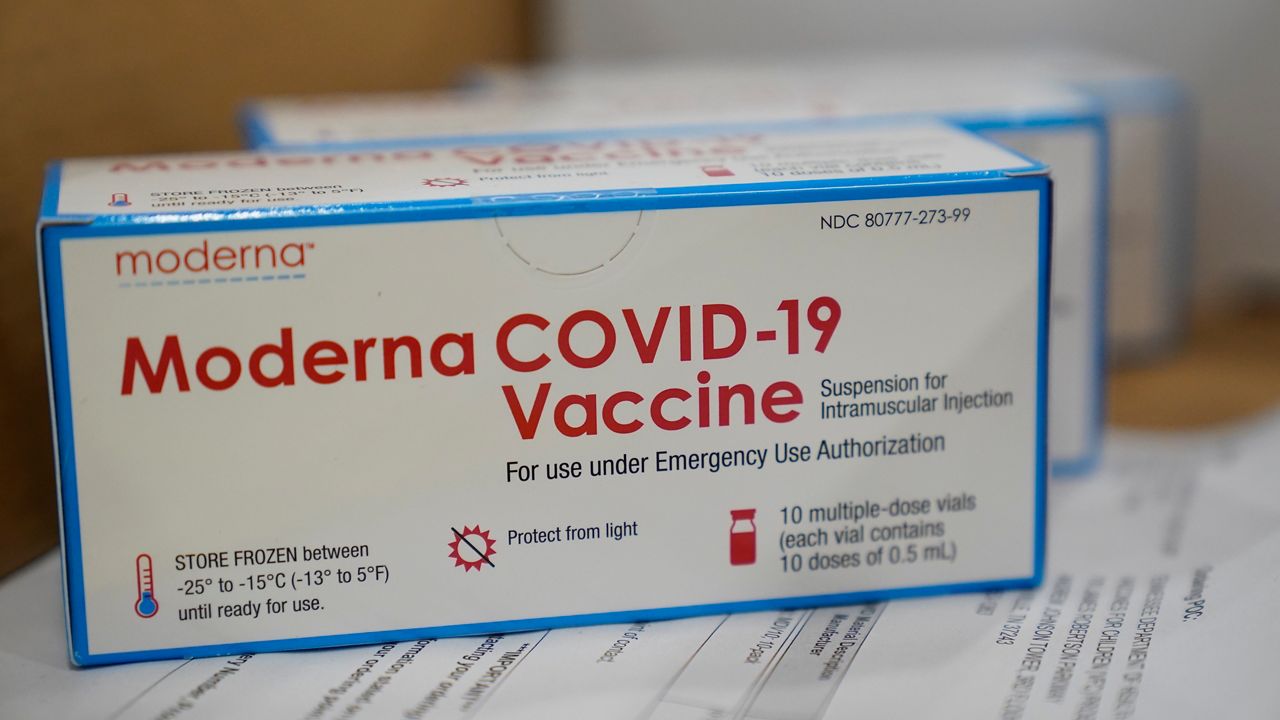FRANKFORT, Ky (AP) — While Kentucky ramps up its vaccination effort, demand continues to outpace supply, Gov. Andy Beshear warned Tuesday.
What You Need To Know
- As of Jan. 19, Kentucky has administered roughly 82% of doses designated for its state immunization program
- Beshear warns that demand continues to outpace supply
- Once more doses are available, Beshear said, more people will be able to schedule vaccine appointments at the state’s drive-thru centers,
- Beshear anticipates that most K-12 staff will have access to the vaccine by the first week of February.
“The supply that we’re going to get next week is already 30,000 doses underneath our ability of what we can put in someone’s arm in just a seven-day span,” he said.
As of Jan. 19, Kentucky has administered roughly 82% of doses designated for its state immunization program, and roughly a third of doses in the Long Term Care Facilities Program.
Once more doses are available, Beshear said, more people will be able to schedule vaccine appointments at the state’s drive-thru centers, and the immunization program can expand access to the vaccinations to everyone through the third tier, which includes people 60 and older, anyone older than 16 with high-risk medical conditions and anyone deemed an essential worker.
Dr. Steven Stack, Kentucky’s public health commissioner, addressed concerns about vaccine wait times and urged Kentuckians to be patient as they await the vaccine. He anticipates that most K-12 staff will have access to the vaccine by the first week of February.
He said he was confident that in the coming weeks, the system will be stable, more consistent and one “”that is able to absorb excess vaccine as it comes into the state.”
Kentucky reported 2,250 new confirmed coronavirus cases and 27 virus-related deaths Tuesday. Over 1,600 are hospitalized.
The state’s test positive rate is about 11.6%, the lowest it has been since Jan. 5. The positivity rate is an indicator of the extent of the spread of the virus, according to the World Health Organization. If the rate is less than 5% for two weeks and testing is widespread, the virus is considered under control.
For most people, the coronavirus causes mild or moderate symptoms that clear up within weeks. But for others, especially older adults and people with existing health problems, the virus can cause severe symptoms and be fatal. The vast majority of people recover.



